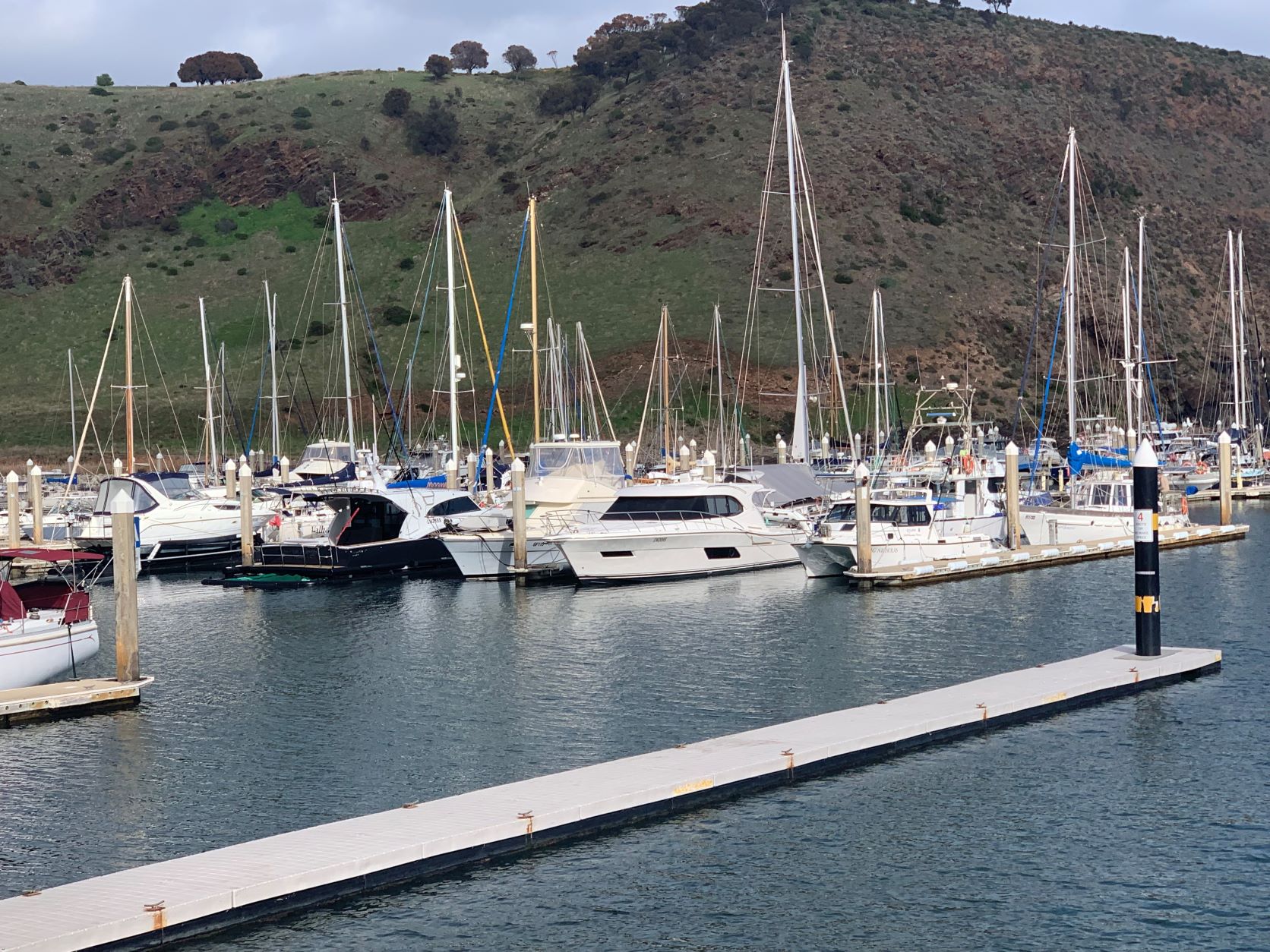Carbon monoxide on boats
Carbon monoxide is a colourless and odourless gas produced when carbon based fuel, such as gasoline, diesel, propane, charcoal, or oil burns. A high concentration of carbon monoxide can be fatal within minutes.

The dangers of carbon monoxide on boats
When engines are running carbon monoxide can gather causing a hazard to those onboard.
- Operators of vessels fitted with a rear vented exhaust system (common with inboard engines) should remind passengers and swimmers to avoid the rear deck and swim platform areas when engines are running.
- Swimmers should not approach the area until the engine or generator has stopped running for at least 15 minutes.
- Be aware that carbon monoxide can remain in or around your boat at dangerous levels, even if the engine is no longer running.
- Carbon monoxide can accumulate inside the cabin, cockpit and bridge due to blocked exhaust outlets, or the effects of back drafting when operating at both high and low speed.
What you can do
- Schedule regular engine and exhaust system maintenance inspections by qualified technician.
- Cold and/or poorly tuned engines produce more carbon monoxide than warm, properly tuned engines.
- Be aware of the sources of carbon monoxide inside and outside the vessel, such as engines, generators, cooking equipment and space or water heaters.
- Houseboat operators should be aware of carbon monoxide building up due to heaters and cooking stoves being left on overnight.
- Operators are responsible for the safety of passengers and should keep a watch for any symptoms of carbon monoxide poisoning, particularly if swimmers are near the rear of the boat.
Symptoms
Symptoms of carbon monoxide poisoning include irritated eyes, headaches, nausea and dizziness.
Following is a list of things to do if you suspect a person has been affected by carbon monoxide.
Remember to proceed with caution. The victim may be in an area that has high exposure to carbon monoxide, placing you and others in danger.
- evaluate the situation and ventilate the area if possible.
- evacuate the area and place the affected victim(s) in fresh air.
- observe the victim(s) and administer oxygen if possible.
- contact medical help. If the person is not breathing perform cardiopulmonary resuscitation (CPR) until help arrives.
- shut off the potential source of carbon monoxide if possible. Correct ventilation problems and/or repair exhaust problems as appropriate.
Where carbon monoxide may accumulate
How can it accumulate?
- Another vessel's exhaust. Carbon monoxide from the boat docked next to you can be just as deadly.
- At slow speeds, while idling, or stopped. Be aware that carbon monoxide can remain in or around your boat at dangerous levels even if your engine or the other boat's engine is no longer running.
- Blocked exhaust outlets.
- 'Station wagon effect' or back drafting.
- Exhaust gas is trapped in enclosed places.
- Inadequately ventilated canvas enclosures.


